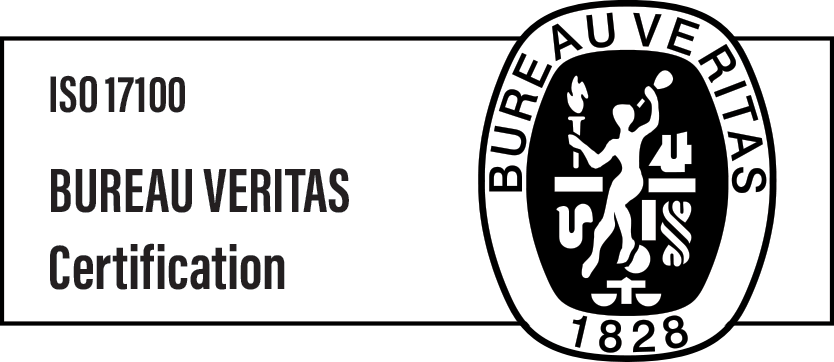History of Poland part 2
A Brief history of Poland Part 2
From bust to boom!
In last week’s post, we looked at the how Poland was conquered by the Polans (Polanie in Polish) tribe. Until the end of the Polish-Lithuanian Commonwealth in 1795, Poland’s first republic had fallen at the hands of Russian Empire, the Kingdom of Prussia and the Austrian Habsburg Monarchy.
In the period between 1795 and 1918, Poland was no longer an independent state. It was ruled by it’s conquering kingdoms. The Poles, being strong and resilient people, did not simply roll over and admit defeat. This led to the Polish resistance movements. The resistance movement lasted unit its last failed uprising against the Russian uprising of 1863. From then on, the resistance moved its focus to “organic work”. It focused instead on education initiatives to preserve its nation’s identity. It was only after WWI, that Poland was able to regain its independence. The three imperial powers controlling Poland had been left fatally weakened in the aftermath of the war and revolution.
In 1918
Finally, Poland established its the Second Republic. Unfortunately, the Second Polish Republic only last until 1939, Poland was one of the first countries to fall at the beginning of WWII. The Invasion of Poland by Nazi Germany and the Soviet Union was one the main triggering points of WWII. Sadly millions of Polish citizens perished during this time. The Nazi occupation classified Poles, other Slavs, Jews and Romani as subhuman. Germany’s plan was to exterminate the Jews and Gypsies and to enslave all the ethnic Poles and Slavs.
An exiled Polish government functioned throughout the war and contributed as much as possible the allies. Polish soldiers even went to fight alongside the British and Allied forces.
In 1945, Poland was now under the control of the Soviet Red Army, who forced out the weakened German forces. The Soviets established a communist satellite state of the Soviet Union known as the Polish People’s Republic from 1952.
As a result of the Allies victory at the end of the war in 1945, the geographic center of Poland was moved westwards. The newly defined Polish lands had lost a lot of their history and culture because of the Nazis, which could also be down to the extermination and mandatory migration of ethnic groups during the war.
By the late 1980s, Poland had seen the rise of a reform movement called Solidarity (in Polish – Solidsarnośćsc). The movement was critically a peaceful transition to a capitalist economic regime and a liberal parliament. Quite impressively, the Poland we know today has only been established since 1989, when the Third Polish Republic was founded.
And as they say, the rest is history! Poland’s economy has grown at an astonishing rate over the last 28 years to the sixth largest in the EU. We’re looking forward to seeing what the future holds for Poland 🙂

